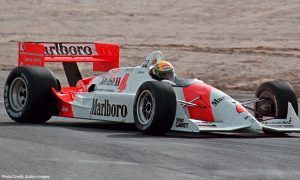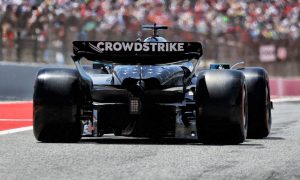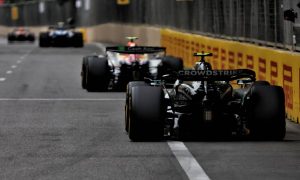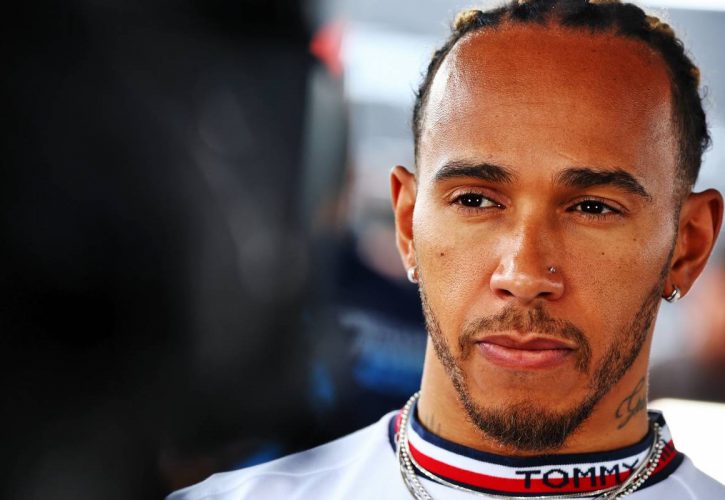
Lewis Hamilton is willingly taking part in the "experimental process" conducted by Mercedes on race weekends to improve the performance of its troubled 2022 car.
The Brackley squad's W13 silver arrow has suffered more than rival designs from the porpoising and bouncing generated by the car's aerodynamic ground effects.
Ahead of this weekend's Canadian Grand Prix, the FIA introduced a technical directive aimed at reducing and eventually eradicating the chronic high frequency vertical movement of certain cars at high speed.
But up until now, Mercedes' engineers have spared no effort to try and mitigate the issues, experimenting with set-ups and configurations as they seek improvements and to unlock the undeniable potential of their car.
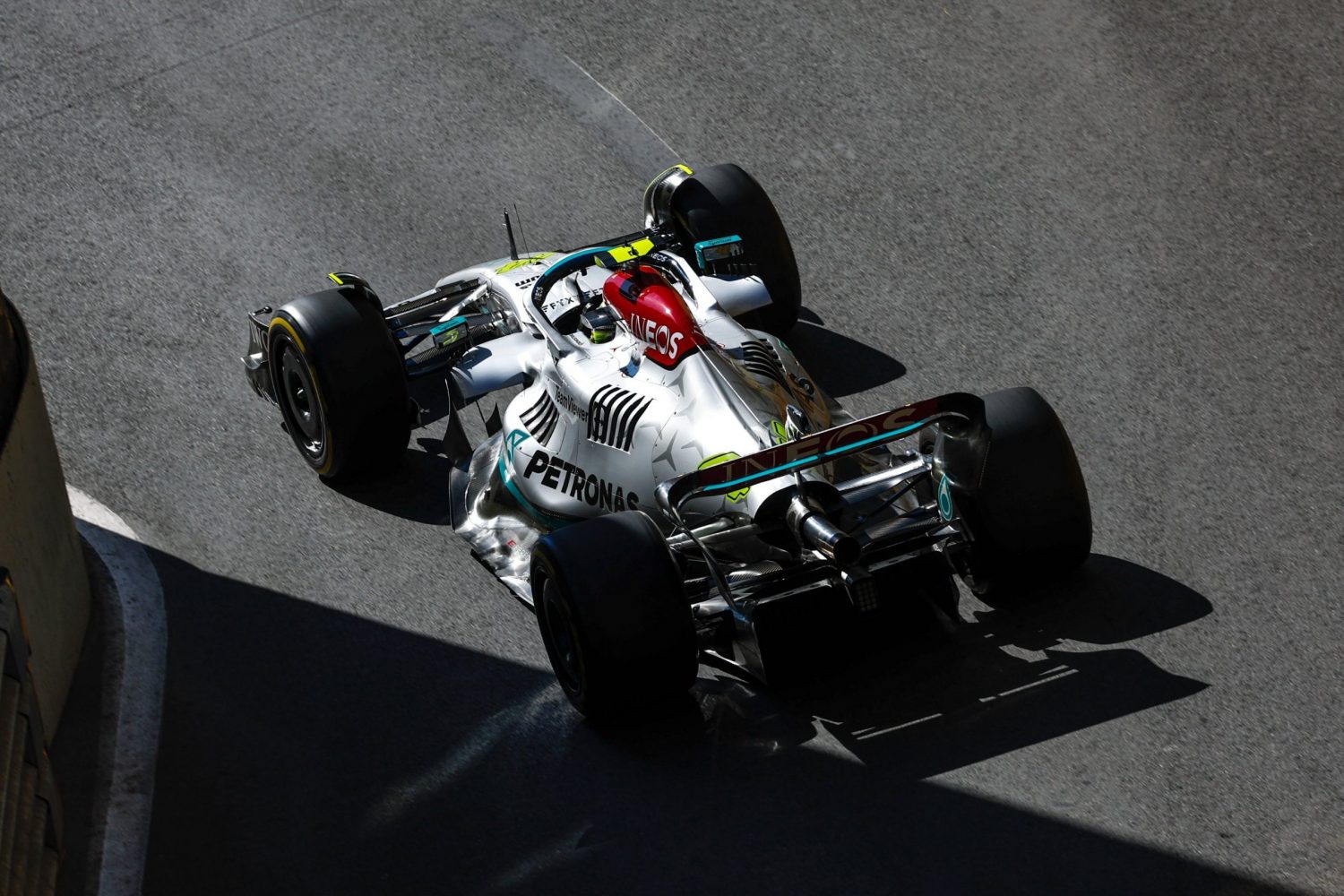
And Hamilton has been pulling his weight, helping his team move forward.
"I am trying a lot of the different, experimental things on the car to help us get data moving forward," said Hamilton in Montreal.
"You’ll see today, for example, something relatively extreme. If it doesn’t work, it’s definitely a lot slower because it’s got less downforce."
Mercedes' decision to experiment with new ideas on race weekends has inevitably been at the expense of its performance level.
"But that’s my role and I take the responsibility seriously," said the seven-time world champion.
"And whilst, yes, it’s not been ideal on some weekends, often setting us back because we lost a session or two, that’s okay, because eventually we’ll get there and I’m proud to have been a part of that process.
"I’m working as hard as I can, staying positive, coming off the back of a difficult year," he added.
"I’d like to think I’m the best team mate I have ever been, to George [Russell], but also to all the engineers, all the mechanics and everyone working in the factory and trying to keep everyone’s energy high."
Keep up to date with all the F1 news via Facebook and Twitter



